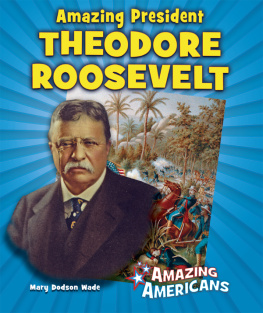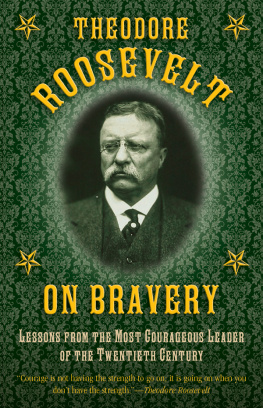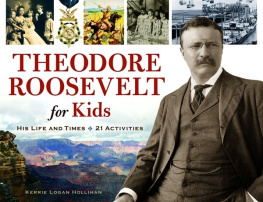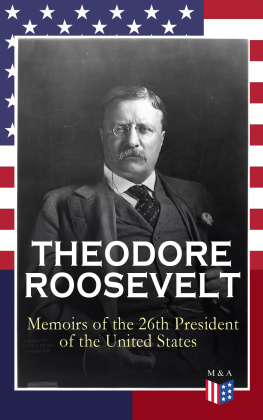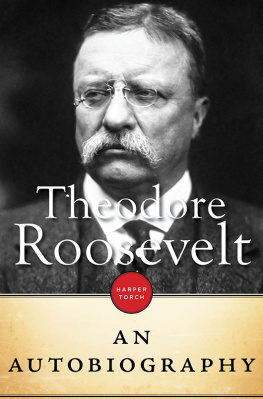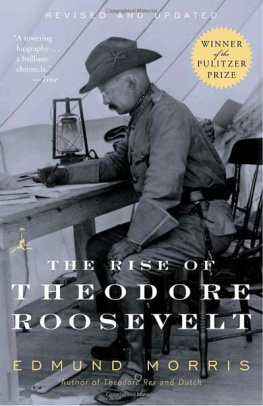

Published in 2018 by Britannica Educational Publishing (a trademark of Encyclopdia Britannica, Inc.) in association with The Rosen Publishing Group, Inc.
29 East 21st Street, New York, NY 10010
Copyright 2018 by Encyclopdia Britannica, Inc. Britannica, Encyclopdia Britannica, and the Thistle logo are registered trademarks of Encyclopdia Britannica, Inc. All rights reserved.
Rosen Publishing materials copyright 2018 The Rosen Publishing Group, Inc. All rights reserved.
Distributed exclusively by Rosen Publishing.
To see additional Britannica Educational Publishing titles, go to rosenpublishing.com.
First Edition
Britannica Educational Publishing
J.E. Luebering: Executive Director, Core Editorial
Andrea R. Field: Managing Editor, Comptons by Britannica
Rosen Publishing
Kathy Kuhtz Campbell: Senior Editor
Nelson S: Art Director
Brian Garvey: Series Designer
Alison Hird: Book Layout
Cindy Reiman: Photography Manager
Bruce Donnola: Photo Researcher
Supplementary material by Randy Shattuck
Library of Congress Cataloging-in-Publication Data
Names: Shattuck, Randy, editor.
Title: Theodore Roosevelt / edited by Randy Shattuck.
Description: First edition. | New York: Britannica Educational Publishing in Association with Rosen Educational Services, 2018. | Series: Pivotal presidents: profiles in leadership | Includes bibliographical references and index.
Identifiers: LCCN 2016001001 | ISBN 9781680486322 (eBook)
Subjects: LCSH: Roosevelt, Theodore, 18581919. | PresidentsUnited StatesBiography. | United StatesPolitics and government19011909.
Classification: LCC E757 .T379 2016 | DDC 973.91/1092dc23
LC record available at http://lccn.loc.gov/2016001001
Manufactured in the United States of America
Photo credits: Cover, p. 3 (portrait), Stock Montage/Archive Photos/Getty Images; cover, p. 3 (background), pp. 22, 36 MPI/Archive Photos/Getty Images; cover, pp. 1, 3 (flag) iStockphoto.com/spxChrome; p. 6 Bob Thomas/Popperfoto/Getty Images; pp. 8, 16, 21, 33, 42, 46, 57, 59 Encyclopdia Britannica, Inc.; p. 13 National Park Service; p. 14 AA World Travel Library/Alamy Stock Photo; p. 18 Brady-Handy Collection/Library of Congress, Washington, D.C.; p. 26 FPG/Archive Photos/Getty Images; p. 29 Library of Congress, Washington, D.C.; p. 30 National Archives, Washington, D.C.; pp. 38-39 Buyenlarge/Archive Photos/Getty Images; pp. 40, 61 Library of Congress Prints and Photographs Division; p. 45 Everett Collection Historical/Alamy Stock Photo; p. 47 Library of Congress, Washington, D.C. (LC-DIG-stereo-1s02353); p. 49 File:Alaska_boundary_dispute.jpg. Adapted by Rudyologist from Historical Atlas by William Shepard (Henry Holt and Company, 1923) in the collection of the University of Texas Libraries, The University of Texas at Austin (PD); p. 51 Photos.com/Thinkstock; p. 65 Annie Griffiths Belt; interior pages flag Fedorov Oleksiy/Shutterstock.com
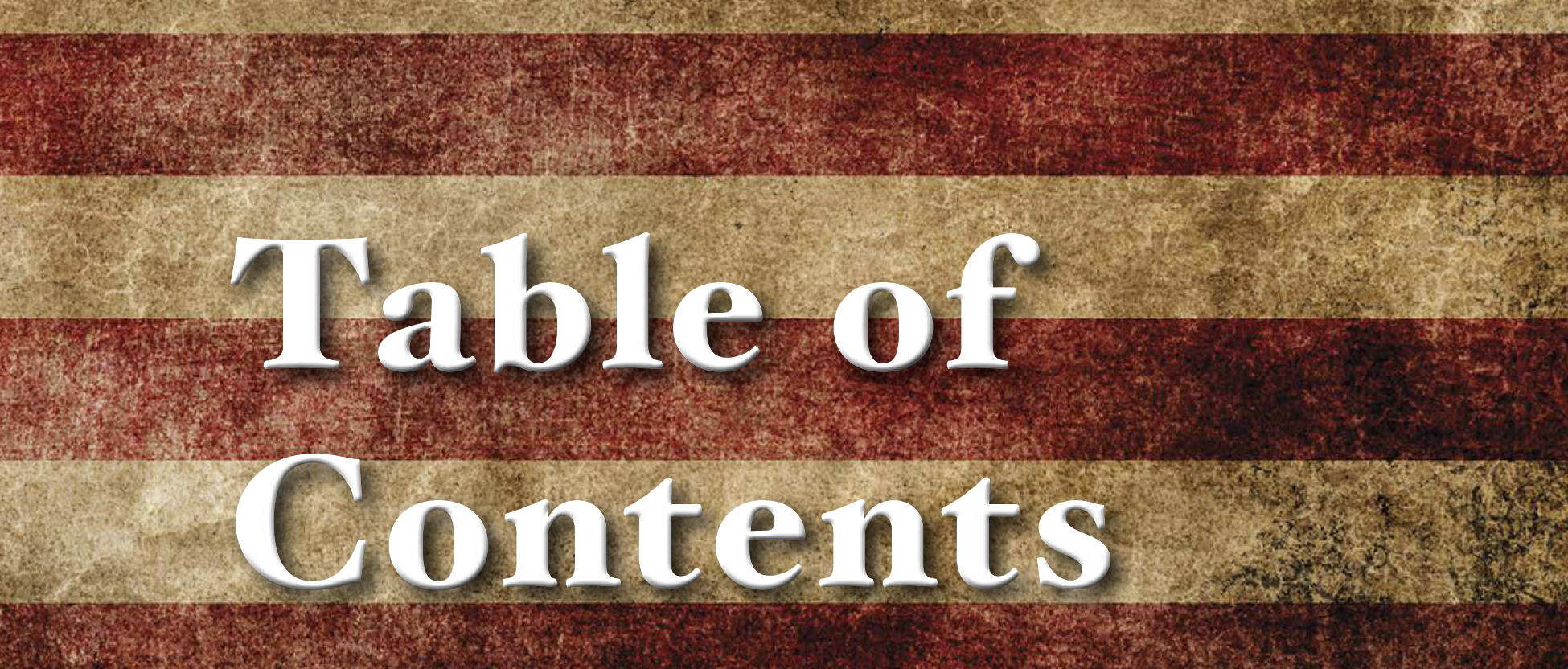
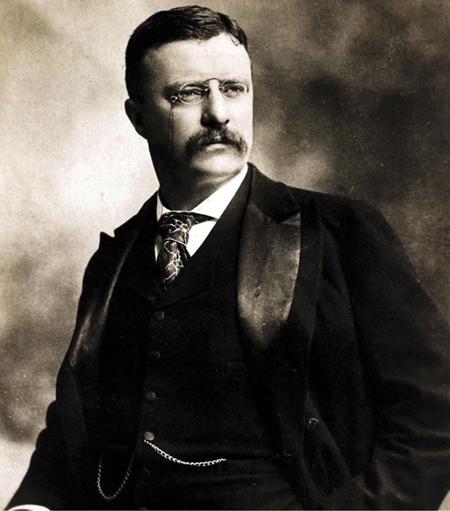
Theodore Roosevelt came into office as the twenty-sixth president of the United States just before his forty-third birthday. He offered Americans the Square Deal and was called the Trust Buster.
T heodore Roosevelt was the youngest president of the United States. He had been vice president under William McKinley, who was assassinated by an anarchist in 1901. Roosevelt took office as the twenty-sixth president just before his forty-third birthday. He was elected in his own right in 1904.
Theodore Roosevelt had tremendous energy and high spirits. He was not only a statesman but also a cowboy, naturalist, hunter, explorer, and soldier. No guest was more welcome at the White House than an old friend from the days when he worked on his North Dakota cattle ranch. A cowpuncher once appeared just before lunch when another friend, British ambassador James Bryce, was also to be a guest. Roosevelt said to him solemnly, Remember, Jim, that if you shot at the feet of the British ambassador to make him dance, it would be likely to cause international complications. Jim replied with horror, Why Colonel, I shouldnt think of it, I shouldnt think of it.
He advised everyone to lead the strenuous life. While he was in the White House he rode horseback, played tennis, or took a rough cross-country walk daily. The companions on these exercises were known as the tennis cabinet. In his autobiography Roosevelt wrote that often they would make a point to point walk, not turning aside for anything. If their route took them through Rock Creek Park in Washington, they might have to swim Rock Creek and scale the steep walls of cliffs. They swam the creek in their clothes when ice was floating thick in it.
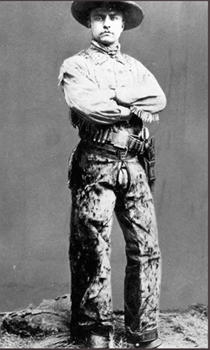
Roosevelt as a young man is pictured here wearing ranch clothing. He always admired frontier living.
Roosevelt brought the same vigor and determination to his presidency. He worked for peaceful relations between businesses and laborers through a program he called the Square Deal. He also tirelessly battled groups of big companies, called trusts, that tried to put smaller companies out of business, and he became known as a Trust Buster. He also asked Congress to pass legislation against the sale of contaminated food and drugs. In addition, Roosevelt wanted to preserve the countrys natural resources. He set aside lands as national forests, which then became off-limits to companies looking for lumber, minerals, and water. Congress established the Forest Service in 1905 to oversee and protect the national forests.
Roosevelt also steered the nation toward an active role in world politics, particularly in Europe and Asia. One of his boldest acts came in 1903, when he helped Panama gain independence from Colombia and in exchange demanded a piece of land that cut through Panama. Roosevelt thus secured the route for construction of the Panama Canal, a vital waterway that connects the Atlantic and Pacific oceans. Furthermore, Roosevelt expanded the Monroe Doctrine. In 1823 President James Monroe had said that Europe should not become involved in the Americas. In 1904 Roosevelt added that the United States would police the countries of Latin America to make sure they fulfilled their agreements with other countries.
After leaving office in 1909, Roosevelt traveled to Africa on a hunting safari and then toured Europe. In 1912 he founded the Progressive Party, nicknamed the Bull Moose Party, and ran for president as its candidate. Both he and Republican president William Howard Taft lost to the Democratic candidate, Woodrow Wilson. During World War I Roosevelt was both a fierce advocate of the Allied cause and an outspoken critic of Wilson. The Republicans seemed ready to nominate him again for president in 1920, but he died in 1919.
After his death a New York police captain remarked, It was not only that he was a great man, but, oh, there was such fun in being led by him. A New York newspaper publisher, James Gordon Bennett Jr., said of him, While he is in the neighborhood the public can no more look the other way than the small boy can turn his head away from a circus parade followed by a steam calliope.


